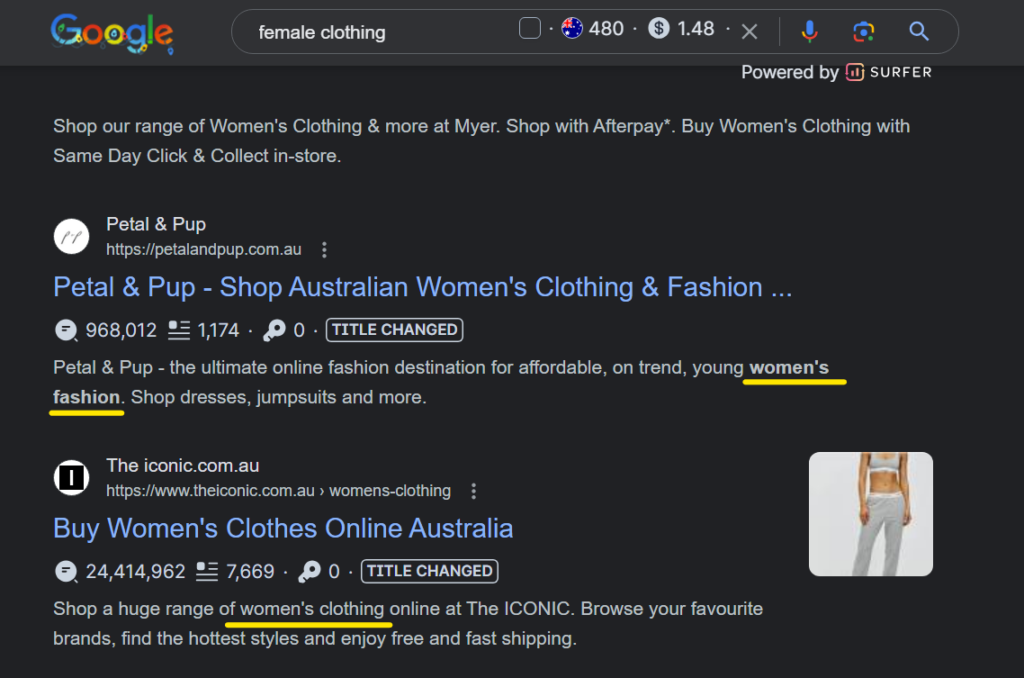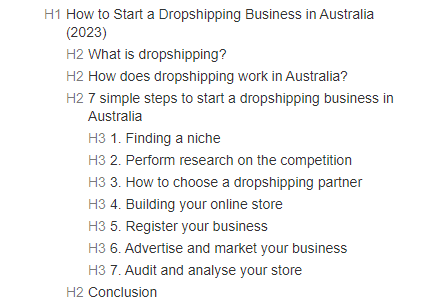
SEO and Website Development: 10 Best Approach for Website
Making your website search engine-friendly should be a top priority.
Why?
Consider this: a significant number of online journeys kick off with a search engine query.
Whenever it is about finding any particular answer, products or services, users rely on platforms like Google. And if your website isn’t optimised to meet the criteria these search engines favour, there’s a potential risk of being overshadowed by competitors who have fine-tuned their digital presence.
Today, the online landscape is driven by search engines, and optimising your site for them is the key to unlocking visibility, traffic, and success. Hence, while developing a website, you must activate SEO mode to experience impressive results right from the start!
So, building a website and SEO should go hand in hand.
A step-by-step guide to help you approach SEO-friendly website development
Creating a well-designed, SEO-friendly website involves bridging the gap between web development and SEO in order to ensure your online presence not only looks appealing but also maximises visibility and accessibility for your audience. Achieving increased organic traffic and higher search engine rankings requires the strategic implementation of effective search engine optimisation (SEO) techniques.
Start by optimising the following steps to get your web pages ranking.
1. Thorough keyword research and optimisation
Keyword research is a fundamental aspect of search engine optimisation. Focus on strategic keywords to attract valuable leads to your webpage.
Explore your primary keyword through a quick search on any search engine, and you’ll discover a plethora of related terms. Let’s take female clothing as an example. This simple query reveals an expansive universe of associated keywords, ranging from women’s fashion to women’s clothing.

To get more advanced and specific ideas on your audience’s search intent and trending topics, use tools like Google Trends, Ahrefs, or Semrush to choose the right one for your needs.
Once you have a list of broad, general keywords, the next step is to choose the right format for your content. Develop a content plan that incorporates relevant keywords into the various pages of your website. Whether it’s through engaging blogs, captivating videos or insightful infographics, you have a range of options to deliver valuable information to your audience. Regularly track the effectiveness of your selected keywords through the use of analytical tools.
However, remember that keyword research is an ongoing process, and staying updated with changes in search behaviour is crucial to maintaining and improving your SEO performance over time.
2. Use sitemaps
Sitemaps have been a key part of web design for a while. Sitemaps act as guides, listing key pages on a website. They play a crucial role in directing search engines during the crawling and indexing process, ultimately enhancing a website’s visibility. Search engines crawl websites and check for meta-tags and .txt files, among other data, to assess the relevance of content to a search query.
There are two types of sitemaps: HTML and XML. Suppose when an HTML sitemap is generated, it’s strategically placed on the homepage, ensuring it encompasses all individual pages. This allows visitors to access information from every page right from the initial page they encounter.
An XML sitemap is a file that provides information about the pages, videos, and other files on your website to search engines like Google, Bing, and others. XML sitemaps include details about each of your website URLs, including the last modification date, update frequency, and page priority.
You can even include only SEO-relevant pages in the sitemap to optimise the crawl budget.
- Site search result pages
- Pages shared via email
- No-index pages
- Duplicate pages
- Comment URLs
- Redirected pages
To generate a sitemap faster, you can consider tools such as XML-Sitemaps.com.
3. Utilise responsive design for mobile user connection
Mobile devices, excluding tablets, make up about 58.33 per cent of global web traffic in the first quarter of 2023. This has consistently grown from around 50 per cent since early 2017 and surpassed it in 2020.

On top of that, mobile-friendliness is a key factor in search engine algorithms. Google consider factors like your website’s page loading speed, responsive design, and accessibility of page elements on mobile devices.
From increased traffic to better engagement, there are many causes mobile-friendliness is necessary for your site’s SEO. Mobile-friendly sites seamlessly adapt layout and design to smaller screens, ensuring easy user interaction without excessive zooming or scrolling. So, it comes with no doubt that a mobile-friendly design is important for search engine ranking.
As you start designing your website, make sure you or your web development team test that it is compatible with both desktop and mobile. Also, your website should work really fast as mobile users have short attention spans and won’t wait for slow-loading websites.
4. Page speed is a key consideration
Page speed is determined by the time it takes for a webpage to load once a link is clicked within search results. Page speed is a signal that goes into evaluating page experience for Google search results.
Your website speed is influenced by various factors, including the size of your page files, the efficiency of your site’s server, image compression, the structure of your URL addresses, plugins, coding and more. Hence, regular monitoring and maintenance are crucial when constructing a website with SEO considerations. The optimal approach involves image optimisation, code consolidation, and minimising HTTP requests.
5. Work on the meta tags
Certain tags play a crucial role in optimising your website for search engines, significantly impacting your SEO performance.
Title tag
The title tag functions as an HTML element that specifies the webpage’s title. In a Google search, it is eventually the quality of the title tag that causes one to click on one result over another.
Google search results that are displayed in blue text indicate the title tags. And this is what both people and search engines will see as the title of your page.

Here’s some recommended practice for title tags:
- Ensure every webpage has a title tag.
- Construct the title tag around your targeted keyword.
- Maintain a character count of approximately 50 to 60.
- Try to place the keyword at the beginning in a natural way.
- Use click-worthy language.
- Emphasise click-through and prioritise the end-user experience, keeping the call to action in mind.
Meta description tag
The meta description is actually an HTML element that outlines a brief and relevant summary of the page’s content. Even if meta description doesn’t directly influence ranking, it can have a significant impact on your search engine optimisation efforts.
A compelling meta description has the power to raise the click-through rate of your organic search results. That means more of the people who see your page in the search results will actually click through and land on your site.
In Google search results, this is where you will see a meta description,

6. Heading tags
Header tags play a crucial role in SEO by enhancing Google’s comprehension of your content. Heading tags are titles and subtitles that are displayed on a webpage. These work in structuring a page and signalling hierarchy within a document – ranging from H1 to H3 and beyond. Not only does it contribute to a user-friendly experience, but it also improves content readability and accessibility.
The H1 tag signifies the most important heading, while the H6 tag denotes the least significant heading.
Here’s an example of an article:

7. Image ALT tags
The alt attribute is added to an image tag to provide a description of its contents and serves two key purposes. It displays alt text to visitors when images can’t load or are disabled and provides context for search engines that can’t see images.
It is Alt tags that let Google algorithm know about the content of your images. If a user’s search aligns with your image, it has the potential to show up in their search results.
- The alt tag should be a complete sentence describing the image.
- Ensure clear, descriptive alt text with keywords fitting naturally into the page’s content.
- Try to include alt text on pages with minimal content other than images.
8. Establish an SEO-friendly URL structure
To make sure your website gets noticed on search engines, it’s crucial that your URL follows some simple rules. Keep it clean and easy for search engines to understand. When you create permanent links, use lowercase letters, add descriptive details, separate words with dashes, and avoid special characters.
Align your URL structure with your SEO strategy. Include the focus keyword in each URL slug by conducting keyword research for every page in your website or redesign. This aids Google in ranking your pages while maintaining accessibility. Opt for concise focus keywords for easy URL recall.
As an example, check out the difference between an SEO-friendly URL structure and a confusing URL.
Confusing URL example: http://www.example.com/default/product?id=123
Good URL example: http://www.example.com/shoes/running-shoes/
9. Create an internal linking structure
Internal links are crucial for Google as it uses links to find and rank content on websites. More links to a post or page refers to its importance. Even as the website expands, orphaned content becomes a concern. It pertains to pages without internal links, making it difficult for search engines like Google to discover and index them. However, adding internal links to those pages offers search engines more ways to access that content.
Ensure the proper utilisation of internal links on your website. Avoid adding links randomly just for the sake of indexing. By incorporating appropriate internal links, you ensure that Google comprehends the relevance of pages, the relationship between pages and the value of pages.
10. Most importantly, opt for an SEO-friendly website builder
If you need a website builder to create your site, finding the right one that supports SEO is crucial. Pick the incredibly well-rounded platform, considering everything from pricing to performance to SEO features to ease of use.
Choosing a good website builder for SEO ensures you have the tools you need. This includes easy ways to find and use keywords and to improve important elements like titles, URLs, descriptions, and images. In addition, it allows you to update your website layout for the best SEO design quickly.
This flexibility means you can adjust your SEO strategy on the go and create a website that’s both attractive and easy for users, which is crucial for boosting your search engine rankings.
So, not only can it maximise your chances of landing on the top pages of search engines, but you can develop a well-ranking website quickly, easily, and affordably.
You read a lot. We like that
Want to take your online business to the next level? Get the tips and insights that matter.

